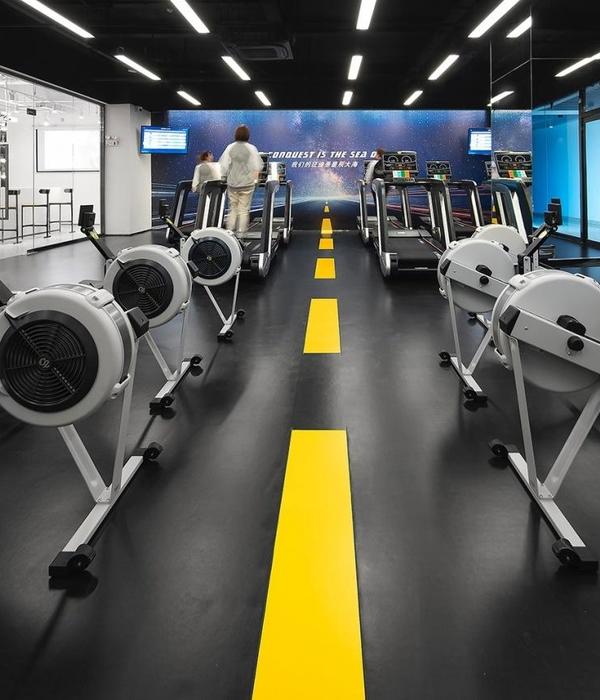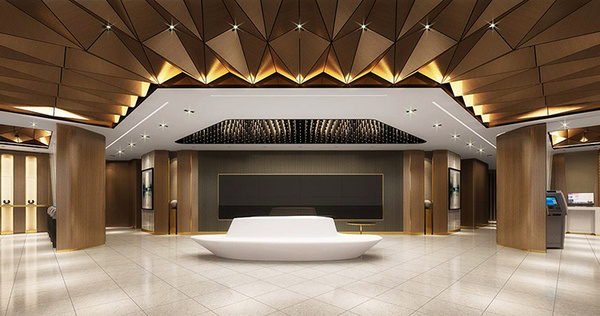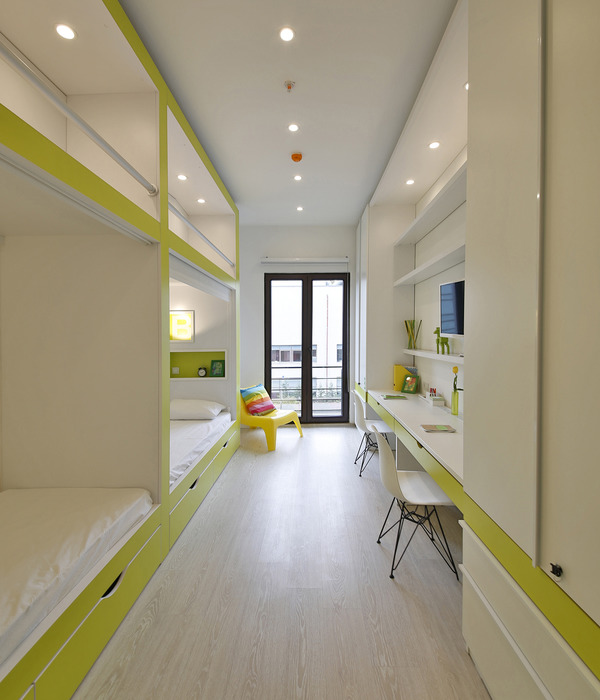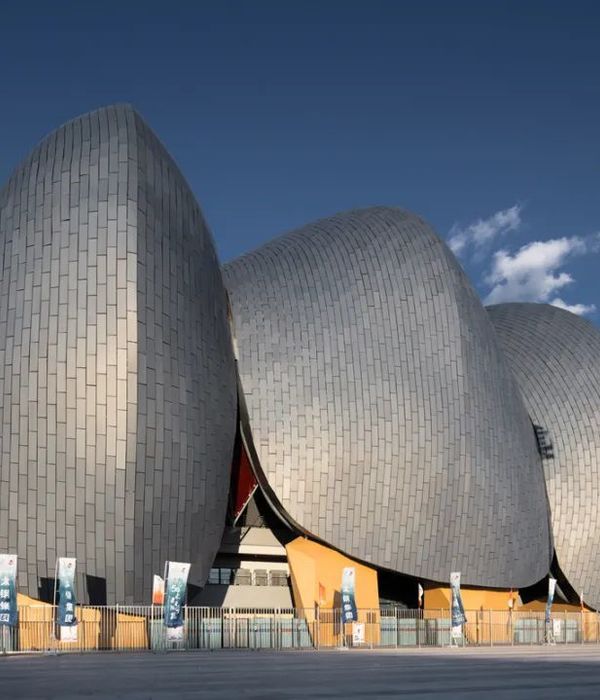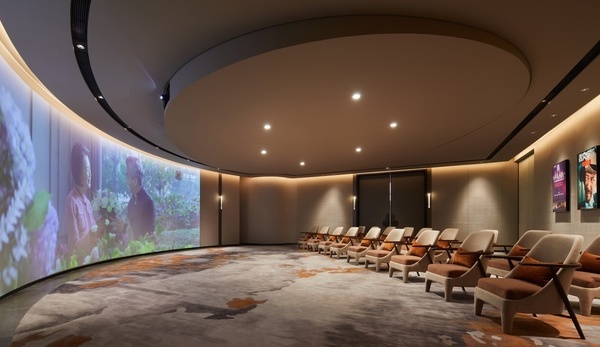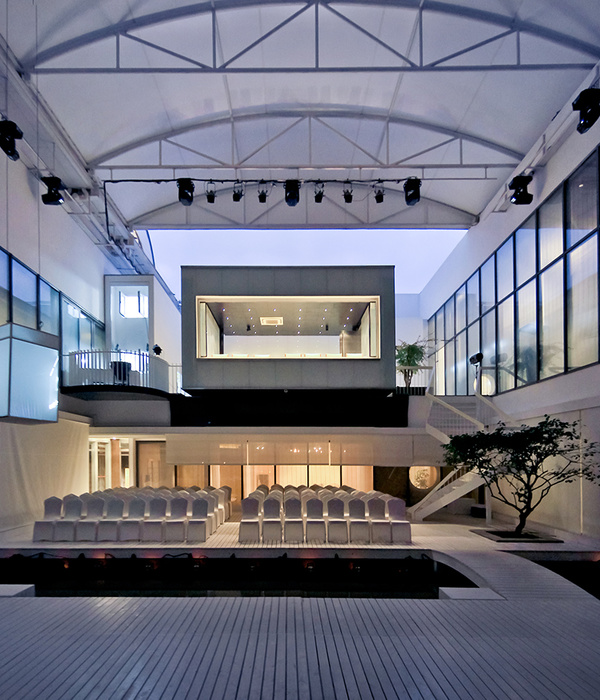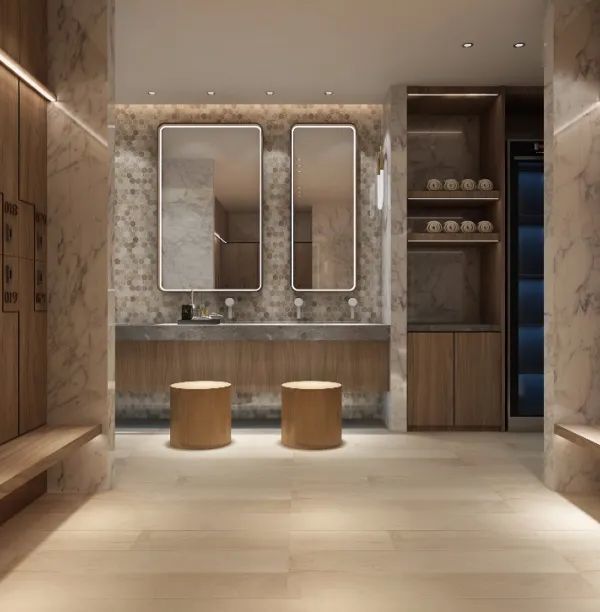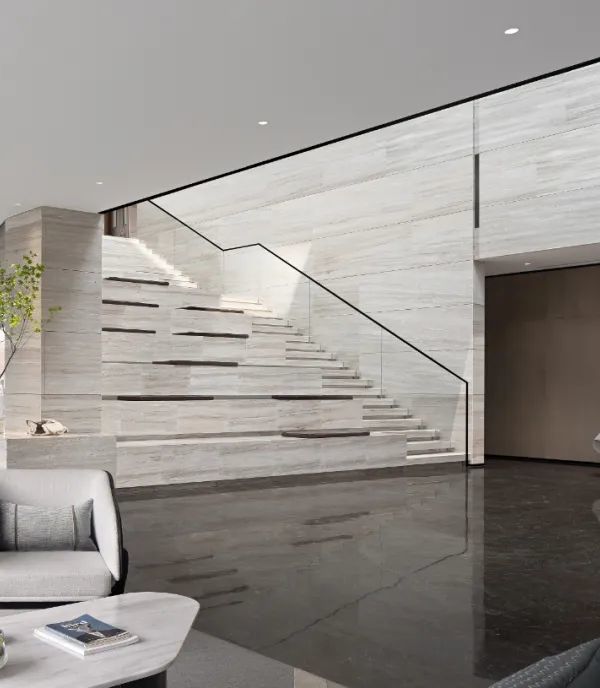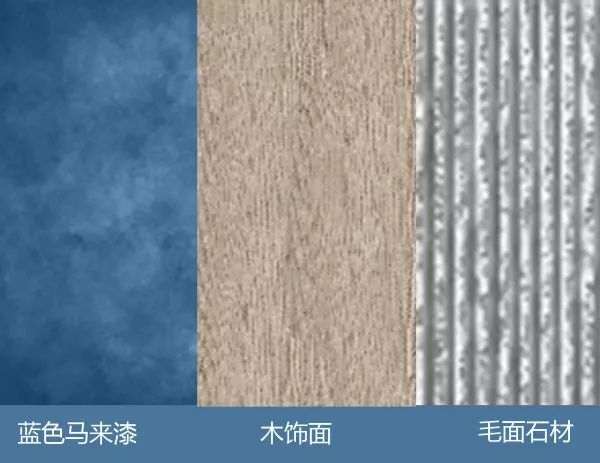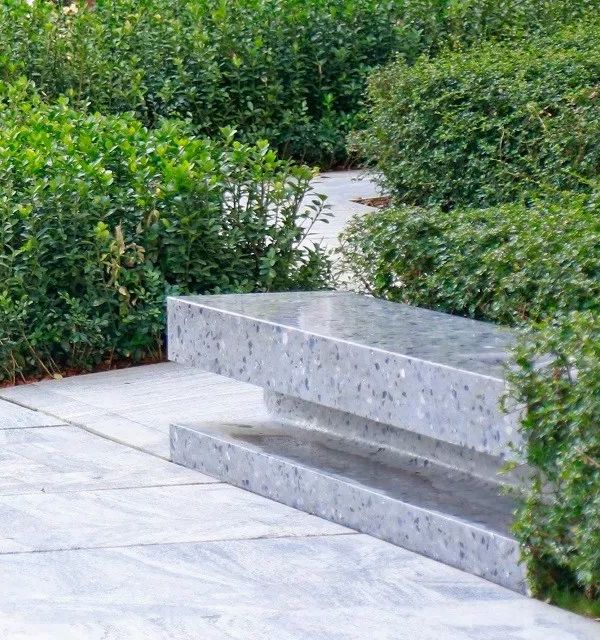Land and Sea. Ancient China was geographically and politically centered on the mainland, the coastal areas were historically marginalized. These coastal areas, being far from the regime, gave rise to a more relaxed and diverse vernacular, and the geographical environment where land and water intersected brought about a greater sense of spontaneous and local senses. As time passes, with the expansion of the world's maritime civilization, the coastal zone gradually became the point of communication between China and foreign cultures, further enriching the physical and non-physical cultural ecology of modern coastal settlements.
Shanwei, where the project is located, was originally part of the central coastal location of the Haifeng (海丰) region, occupies more than 10% of the province's coastline length, and a sea area three times the land area. The local vernacular is mainly Fulao, a branch of the Minnan. Traces of tribal settlements of fishermen are found as early as the Neolithic era. The unique climate and geographical location have created a serene humanistic atmosphere and natural scenery of mountains and seas
Cities and Towns. Historically and naturally, the coastal zones of the mainland have fostered fishing communities and commercial settlements feeding off the vast South China Sea. The fishermen spent majorities of time on the offshore areas, living on a self-subsistence fishing economy that developed into distinctive coastal fishing villages. Which later grew into a larger fishing town in modern times, and gradually developed into large-scale trading cities. These settlements were connected by primary roads to form a series of coastal village systems, together hills along the coastal edge formed a unique cultural and geographical network, built an organic agricultural and commercial system along the southeast coast of Guangdong.
Driven by the new round of infrastructure construction, the capital spillover from the central cities flowed to these fishing towns in search of tourism opportunities and landscape resources, and the construction of new cities began in these long-neglected areas in the middle of the expanding cities and the fishing villages. The construction introduced a new townscape typology to the local natural and humanistic landscape, bringing in a heterogeneous variant of the pre-existing high-density city, which quickly occupied the gap in between, triggering a new urbanization process driven by real estate production along the coastline.
Sea and Statue. As we proceed toward the west. along the beach, around the hills, we arrived at the town of Magong, one of the old-time fishing towns and still earning its living as of present. The town greeted our visitors with bustling markets and lines of fishing boats on the shore. Most of the residents have built their own multi-story bungalows following their property grids, yet the village has already shown the tendency of urbanization instigated by the seafood trade and the newly developed tourist industry.
The fishermen have been living and working on the cusp of the land and the sea for generations, sailing out for extended periods of time during the fishing season. Facing the vast nature, human seems rather microscopic and fragile; and the fishermen drifting on the sea yearn for some kind of psychological and emotional connection to home and land, as well as a connection with mother nature. The Matsu culture is thus fostered and emerged along the southeast coast of China and later spread to Southeast Asia and the rest of the world.
At the center of Magong town is the Cultural Plaza, with a classic-style chapel that serves as the center for ceremonial worships and celebrations, functioning as the western basilica. Behind the chapel locates the rear courtyard, with a colossal statue of Matsu erected on the platform above, facing the South China Sea - Fishermen sailing several nautical miles away are still able to view her elegant silhouette erected above the horizontally sprawled townscape and waterscape.
The Statue and the Sea. After tracing the history and speculating the town, we went back to the Jinting bay – before we are the disorienting high-rise clusters and the beach scattered with tourists – for them the presence of the sea is obviously a different scenery and source of imagination. We tried to examine and create this new "image of the sea" with a parallel perspective of history as we receive the commission to design a place of ceremonial worship, emphasizing and terminating the central axis of this emerging city facing the sea,
The city-side facade of the chapel contains a horizontal space with a height to width ratio of nearly 1:10, inside are abstract forms of a traditional screen, courtyard, and hall, spread horizontally against the central axis of the new city, allowing people in the middle of urban jungle a place of the spiritual repository. The 36-meter-long shaded walkway at the edge of the shallow pool presented a perfect frame and stage for the scenery. The sea-side facade is dramatically compressed and stretched into a beacon on the edge of the ocean. This façade is covered by a transparent upright window with a height to width ratio of nearly 5:1 - a solitude facing the boundless ocean. The emerging sky and sea are the end of the ceremonial progression, as well as the beginning of departure for wild imagination for nature.
Outside, this "Statue of the Sea" creates a new spiritual and figurative anchor for the rapid-emerging coastal city, to re-establish a connection between city and town, land and sea.
▼项目更多图片
{{item.text_origin}}

